Reading the wind is a skill every outdoor airgun shooter needs to master, whether they hunt or shoot targets. Jim Tyler explores
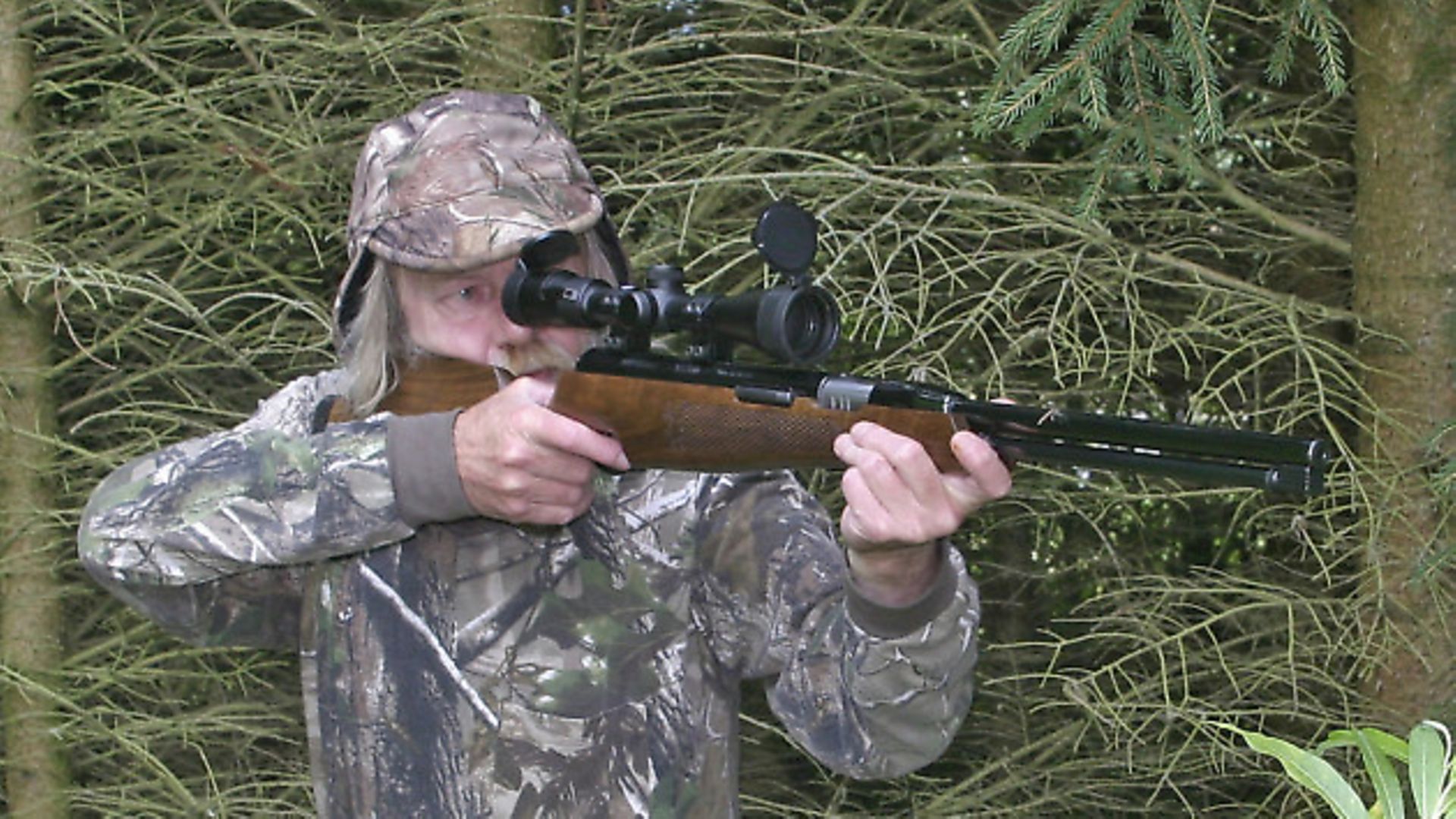 credit: Archant
credit: Archant
Half a lifetime ago, a young lad tentatively approached me to ask a question into which he’d obviously put a great deal of thought. The question: ‘If I was shooting at a pigeon in a tree X yards away, in a cross wind of Y mph, how much would I aim off to compensate for wind drift?’
My reply was I wouldn’t take the shot. It was not until almost 30 years later that the lad (now a middle-aged man) told me he was crestfallen at his failure to engage me in a conversation on wind drift. The brow-beaten young man is now editor of Air Gunner, Phill Price!
His question was valid, and had it concerned a tin chicken and been posed to a field target shooter rather than a hunter, I’m sure he would have got a more satisfactory answer. But herein lies the single greatest difference between hunting and outdoor target shooting – hunters can decline shots in strong wind, while target shooters take them regardless.
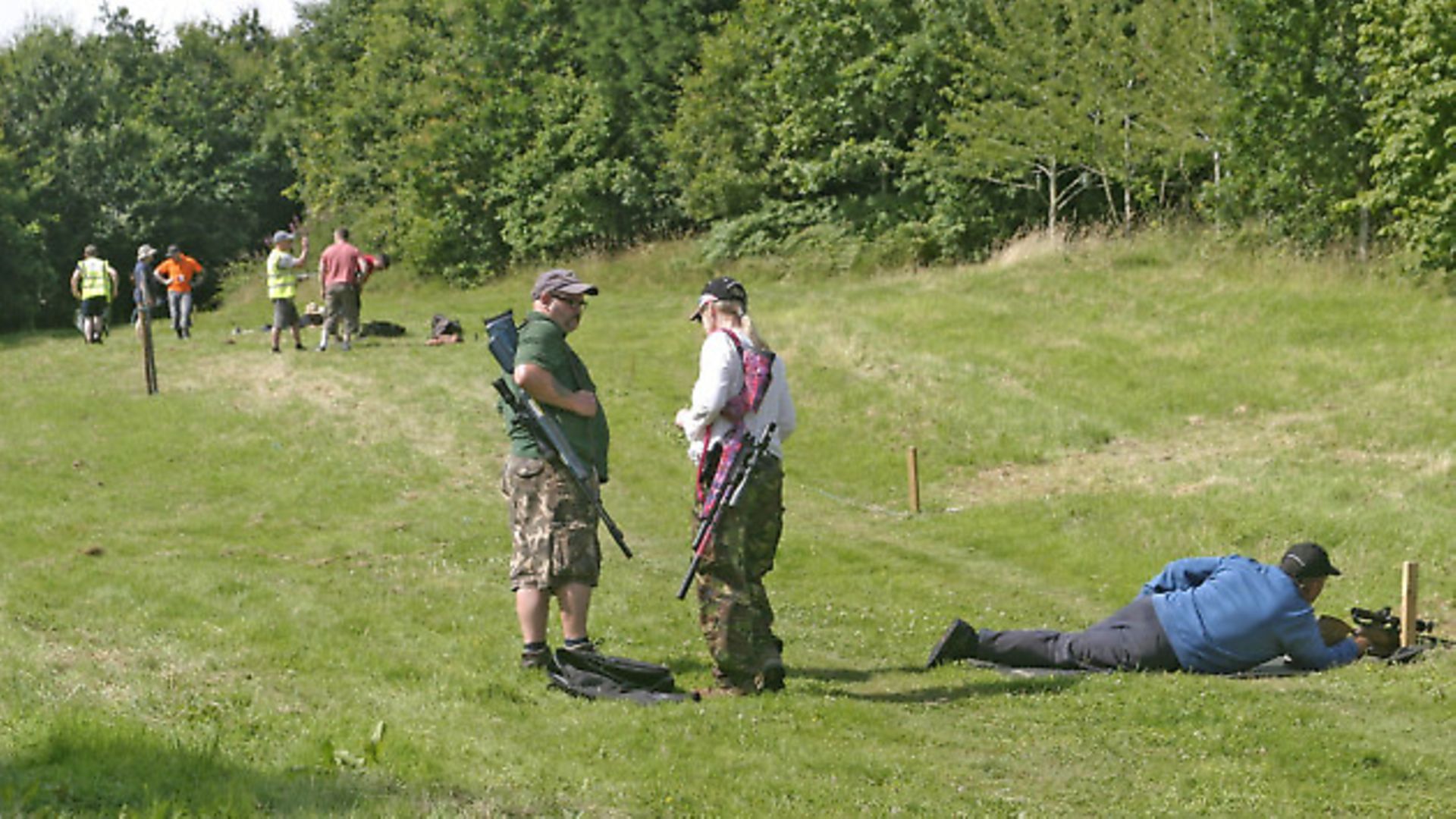 credit: Archant
credit: Archant
Target shooters have to be able to gauge wind strength and direction, and know how much to aim off to compensate, and that varies hugely with range.
Wind drift and range
The pellet travels each consecutive yard of its flight slightly slower than the preceding yard, and is exposed to the influence of wind a fraction longer, so wind drift increases with range. HFT course setters are well aware of this and, if possible, will include a target in an exposed position at maximum range in the hope of there being some wind. At the maximum range of 45 yards, even a light wind can take a pellet out of the kill zone unless compensated for.
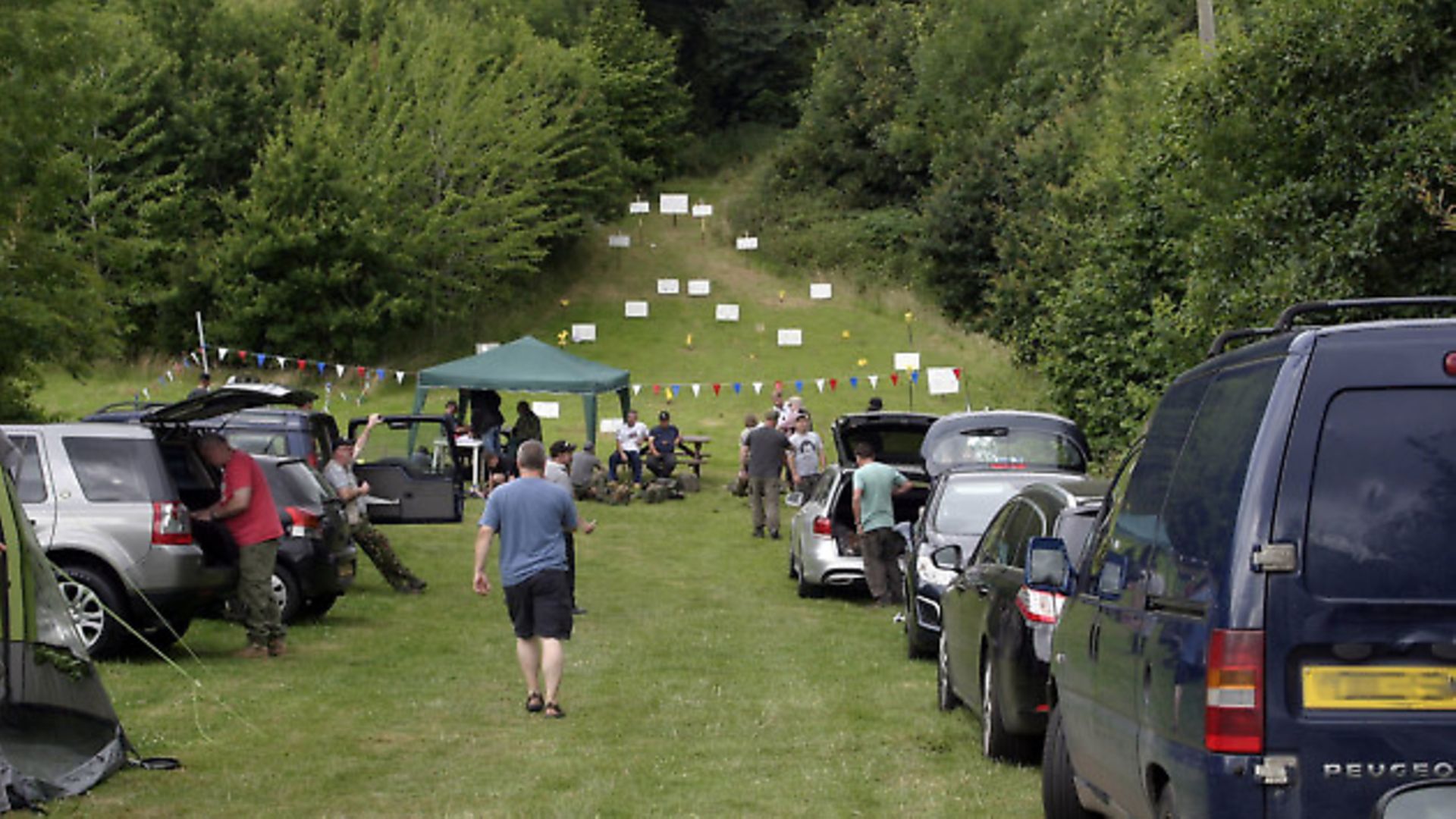 credit: Archant
credit: Archant
Greater wind drift is not in itself the worst problem at longer range. That honour belongs to variations in wind strength and direction. In HFT, it’s common practice before taking a shot to lift the reset cord off the ground to see whether the wind is strong enough to put a bow into it and, if so, in which direction the wind is pushing the cord.
On my local Nomads HFT ground, it is common for the raised cord to adopt an ‘S’ shape as the wind is blowing in two opposite directions. The shooter has to decide which wind direction will have the greater effect on the pellet, bearing in mind the wind direction nearer the target will have a greater effect, assuming the two winds to be of equal strength.
Another trick of HFT is to read the ‘history’ of those targets other competitors have already shot. If there are a lot of pellet strikes to one side of the kill zone, shooters have obviously under-estimated the wind drift. However, it is always possible those who missed to one side were shooting in a stronger wind, so the history always needs to be tempered by your own observations of the wind strength and direction.
 credit: Archant
credit: Archant
Terrain
The topography of a shoot affect wind judgements. Flat, open areas generally, but not always, have more constant wind strength and direction than undulating land, but the wind is influenced by everything it encounters. Obstacles such as hedges, trees and buildings can allow the wind to play tricks, even over flatlands.
When air flows past an obstacle, the tendency is for it to curl around behind to some degree. When the obstacle is something like a stand of trees or the crest of a hill, the air’s path can describe a vertical circle so, at ground level, it can be travelling in the opposite direction.
 credit: Archant
credit: Archant
This, again, is something that’s far from rare at the Nomads’ hillside ground. Visitors often aim off to counteract drift from the wind from, say, the left that they see at treetop level, only for their pellet to land even further left. For this reason, I advise first-time visitors to watch what’s happening at ground level rather than consider general wind direction.
Luckily, there is usually longish grass or other foliage at ground level to show wind direction and, of course, the reset cord can also be a guide. What is now the Nomads HFT ground was, for many years, my shoot so I am very familiar with the tricks the wind plays.
Up and down
 credit: Archant
credit: Archant
Wind doesn’t just cause pellets to drift left or right. Headwind can cause a pellet to go high or low, and this is something else we see at Nomads. In one instance, a 45-yard target – the maximum permitted range in HFT - needed to be shot using a 55-yard reticle aim point to make it fall down.
The headwind not only sent the pellet low but overcame the pellet’s tendency to fly higher relative to the sight line when shots are angled up or down. On elevated targets, the pellet naturally tends to fly high, and a headwind can make it fly even higher, in both cases, increasingly so as range increases.
Pellets
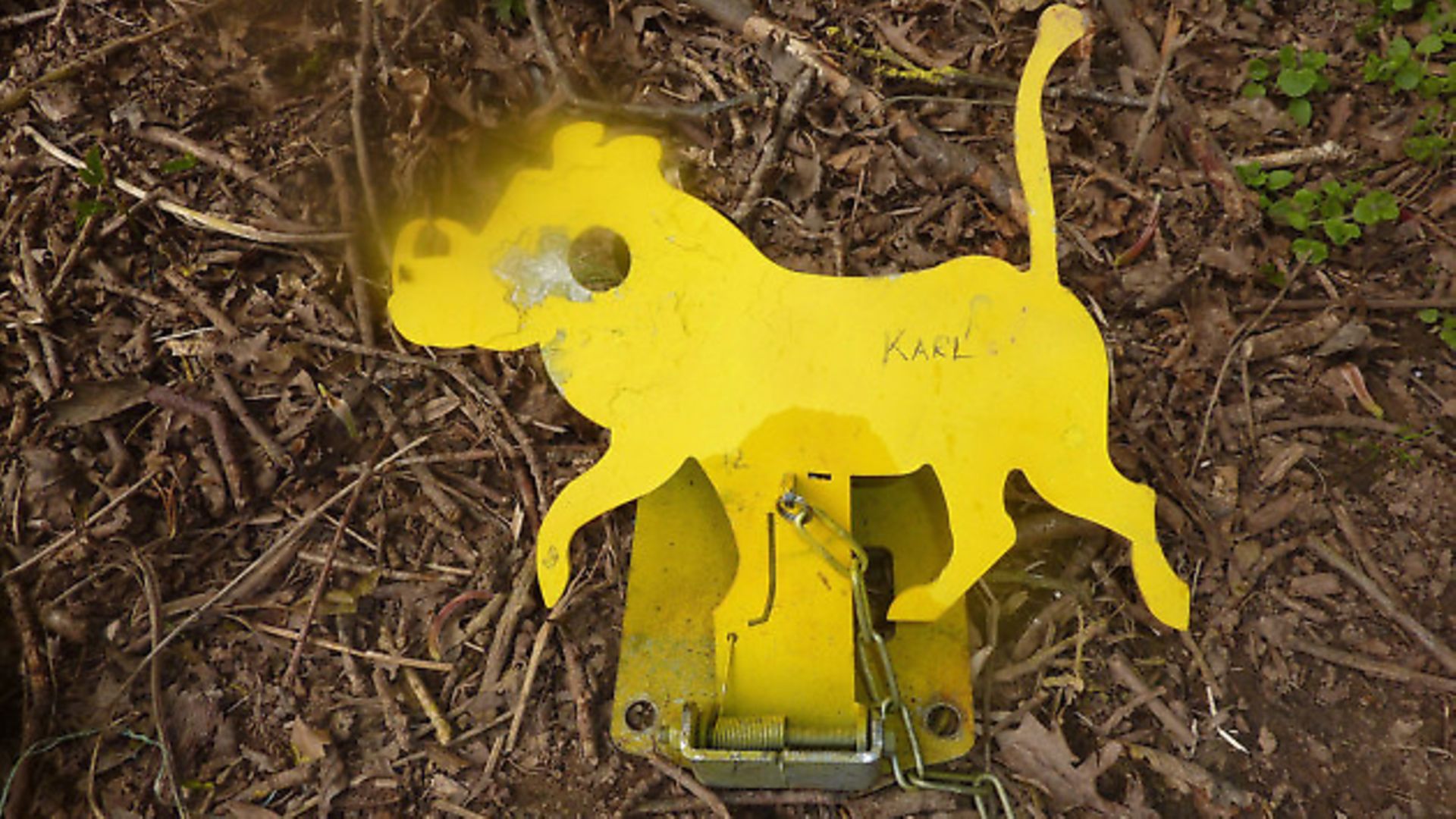 credit: Archant
credit: Archant
The susceptibility of a pellet to wind drift is in large part governed by how long it is exposed, in turn due to a combination of its muzzle velocity and its ability to maintain velocity in flight (for airguns, usually described by its ballistic coefficient, or BC).
Ballistic coefficient figures for popular pellets are widely published, and if two pellets give equal accuracy and broadly similar muzzle velocity from your rifle, the one with the higher BC will usually, if not always, be the less susceptible to wind drift.
Be aware, though, BC values can vary significantly depending on the barrel and power plant (spring or PCP). If you use Hawke Chairgun Pro, there is a facility for those with access to a chronoscope to enter the velocity of a pellet at two different ranges, and the software will calculate the BC of that pellet through that barrel and with that power plant.
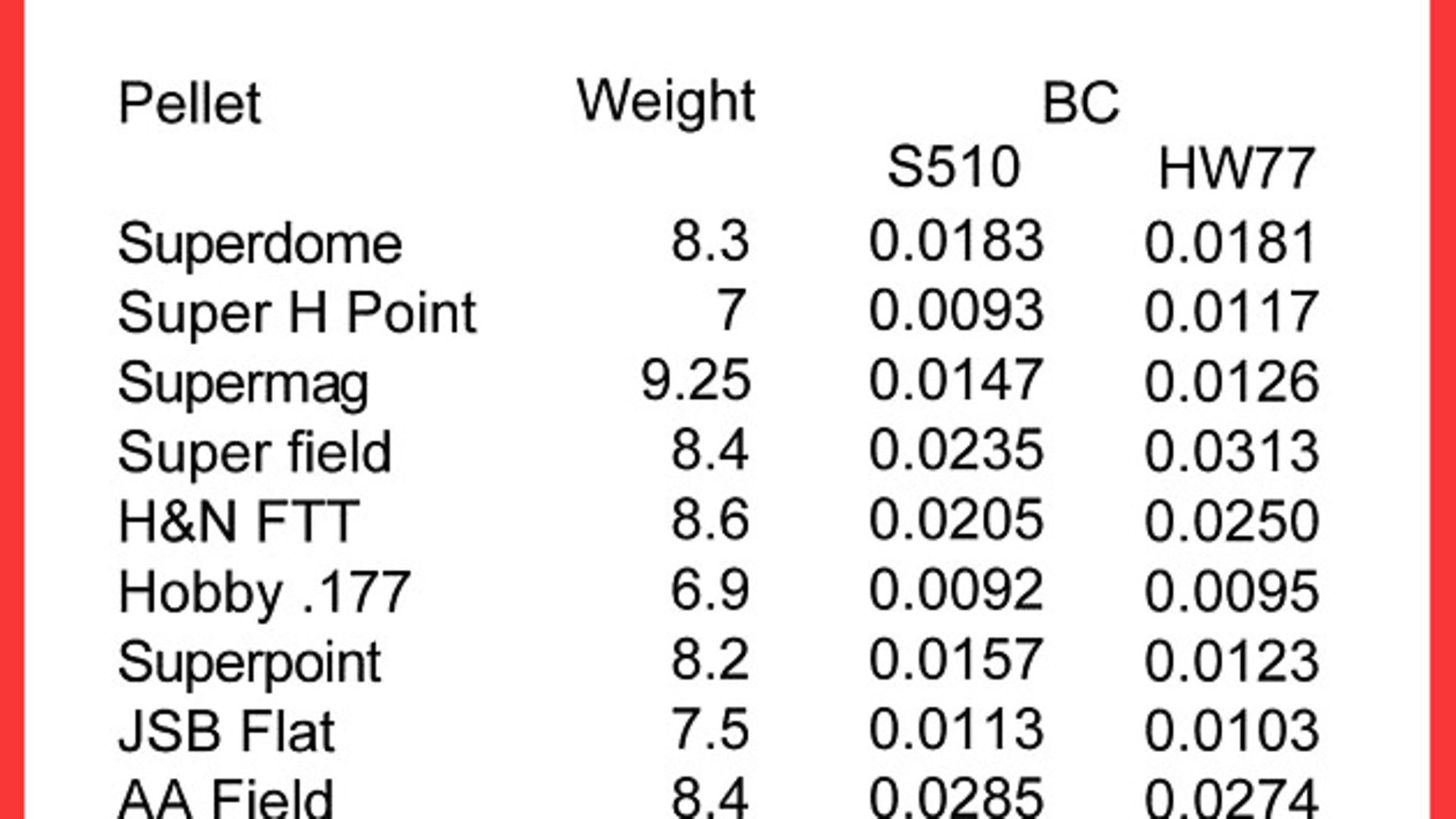 credit: Archant
credit: Archant
Inconsistent
As if the wind does not play enough tricks on airgun shooters, its strength can sometimes vary by the second. For the target shooter, the best option is to watch any foliage near the target and try to get the shot off during a period when it’s less animated, all the while bearing in mind there will be a time limit on taking the shot.
Airgun hunters don’t have an artificial time limit for a shot, although if they delay, there is always the chance the target will wander or fly off (better that than rushing a shot). When the quarry disappears before the wind dies down, don’t waste the opportunity to find out whether or not the wind was too strong, though.
Put out a plinking target and see if you were right to leave the shot. The only way to learn to judge the effects of wind direction, strength and consequent wind drift is to shoot in it.
To hunters, my advice would be to practise shooting in windy conditions and learn to recognise when the wind is too strong. To outdoor target shooters, I take my hat off to you for being able to knock down tin chickens regardless of wind.
_____________________
You may also like:
Gary Wain investigates: bent pellets
Ballistics: Does consistency equal accuracy?
Airgun Guru: what are the benefits of lubricating pellets?